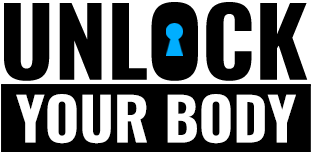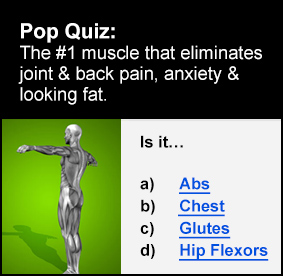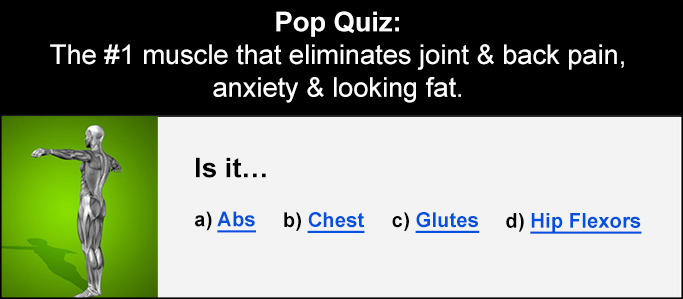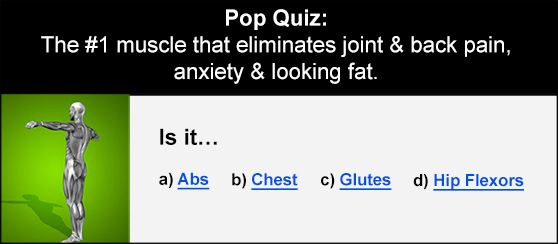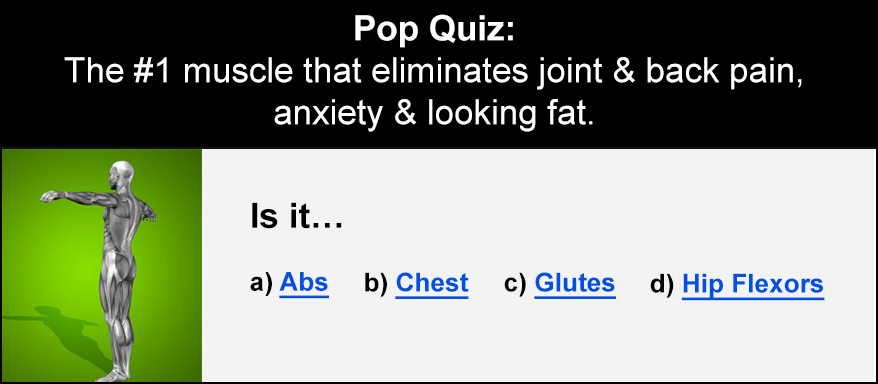
The psoas is a muscle in the hip flexor group, and one of the most important muscles you’re probably neglecting.
Today we’re going to talk hip flexors and why you need to pay attention to your psoas. It sounds science-heavy, but we’re going to keep it simple and make sure you leave with actionable lessons on how to keep your hips and back healthy.
Let’s skip the intro and get right into it.
The Psoas: What Is It?
The psoas is the most significant hip flexor for most people, crossing from the spine, through the hip, and into the leg. This makes it a contender for one of the most important muscles, since these 3 areas of the body are constantly moving and have significant demands.
Obviously, all the muscles and joints are important. However, the psoas also feeds into the iliopsoas complex which is one of the most common areas for pain, discomfort, and restriction.
Tight iP regions are a key contributor to things like lower back pain, poor hip positioning, and ultimately just poor movement through the hips. The psoas can really take a beating and you might not even notice how bad it is until you start mobilising/using it.
Here’s the iliopsoas complex in the body, so you know where exactly we’re looking/what we’re talking about…

The Hip Flexors in Mobility and Health
So, if this is just another muscle group, why is it such a big deal?
The first and most urgent reason is that many of us have poor iliopsoas pliability and control. They’re often tight and overworked, weak, and you probably haven’t got much voluntary control over them. If you’ve read any of our other work, you’ll know this is a recipe for disaster and injury.
Your body wants to be strong and supple in every range of motion – that’s how you keep yourself healthy. Joints and muscles exist to be moved and used, and without use they’ll literally shrivel up and get stiff – contributing to immobility in the long term.
In this context, we’re not talking about poor movement – we’re talking about simple mobility; the ability to move yourself without assistance.
The sitting that makes up so much of our lives, from cars to desks to couches, has left the average psoas muscle weak and tight. This is a real problem when we look at people growing up in a more seated lifestyle, as well as the rising levels of inactivity.
Movement is one of the keys to good mobility, control, and long-term health/strength of joints. If you start slacking and let things get weak, they’ll stay weak and you’ll not be able to use them in future.
Your Psoas Affects Your Back Health
One of the areas that the hip flexor is underrated for is it’s role in the health of the spine. It’s as simple as this … the spine can’t be healthy without hip balance, and you can’t have healthy hips with a weak/tight psoas.
The hips are the anchor for the spine and when they’re out of position for long periods of time, the spine and knees take the damage. The photo above shows how the psoas connects to the spine and the leg, and it’s clear that problems here will show up above and below the muscle.
What we tend to see with the psoas is real difficulty extending the hip, and often being unable to do so without moving the spine. This is a serious issue because it opens up two high-risk habits:
1. The inability to stabilise the core and spine during leg and hip extension (duh), and
2. A chronic habit of rolling the hips forward – resulting in anterior pelvic tilt
The long story short is that these are both dangerous problems to have in the long-run, and they make exercise more difficult and more risky.
Stabilising the spine and activating the core while you move is obviously important – especially during loaded or fast movements. This means sports and strength training are both reliant on a strong core and controllable psoas.
Equally, the sway-back, anterior tilt of the hips puts your spine in a high-stress position. This moves the spine out of it’s natural, stacked position where it is best positioned to absorb stress. The risks here are primarily to the discs in your spine and the facet joints where the vertebra meet!

One of the most underrated and overlooked effects of this poor position, APT, is the reduced role of the glutes and multifidus in your posture. The glutes and multifidus are butt and back muscles, respectively, and both are crucial markers for lower back pain risk.
Weakness or wastage in either of these muscles is another common risk factor for lower back pain and APT is a contributor. We’ve talked about lower back pain before, but the important part is that risks for LBP are high and it can be seriously debilitating.
Psoas training and flexibility are a great way to combat these risks, prepare yourself for safer exercise/training, and stay healthy as you age.
How Can You Unfunk Your Psoas?
If you’re reading this, you were probably born in the last 100 years, which means it’s safe to assume you probably have crappy psoas muscles. That’s okay, almost everyone does, so we’re not going to waste too much time on a diagnosis, but we will tell you how to fix your psoas.
There are a few steps we are going to take you down that help you address this common problem and start getting some life back in your hips:
1. Stop Being Inactive
We can’t stress this enough – any movement is a step up on no movement – and so many of us are chair-bound for many hours of the day. The simplest solution is to spend less time seated in one position.
We all know the cliché of the yoga dude at work who sits on an exercise ball, but this kind of active seated position really is a step in the right direction. Solve the problem at the cause. Get up and walk around, stand where you can, sit on a damn exercise ball if you need to.
Work to reduce the time you spend seated at home, even if it just means sitting on the floor using your own muscles to hold your body in place.
These are small changes but they’re the best place to start. Life doesn’t make it easy, but if you can make small wins, you’re off to a great start.
2. Specific Mobility
For everyone, all the time, good targeted stretching work is a great choice. We’re going to highlight a few of the best stretches for the hips but feel free to add your own on top. More is probably better.
Remember, mobility is a neural change. The best way to deal with it is to practice more often, not just for longer.
a. Kneeling Lunge
This is the best place to start for most people because it’s easy, progressive, and doesn’t feel horrible. You need to keep your hips neutral (don’t tilt forward) and think about squeezing the butt and pushing your hips forward.
You can lunge more or less deeply, depending on your own tightness, and we recommend taking time to push in and out gently. This is your go-to at the end of the day, or during 5 minutes where you can get to stretching.
b. Couch Stretch
This is pretty much the same as the lunge but with the support of a wall or a couch, hence the name. It’s a great way of stretching the hip flexors along with the quads, and again, it is easy to adjust for more/less intensity.
Keep your chest up and think about tucking your hips under yourself and not letting them tilt forwards. As before, take your time. You may find significant improvements within a single stretching session.
c. Lying Single Leg Quad Stretch
This is another simple and effective way of stretching the psoas and quad. It’s probably the easiest to do, but it does have the most difficult adjustments. Leaning back puts more pressure on the knee and hip, so take your time and ease into it.
Perform this one leg at a time, and make sure to move around once you’ve found the stretch. Familiarity with the position drives results, so extending the hip and moving around here is going to be essential.
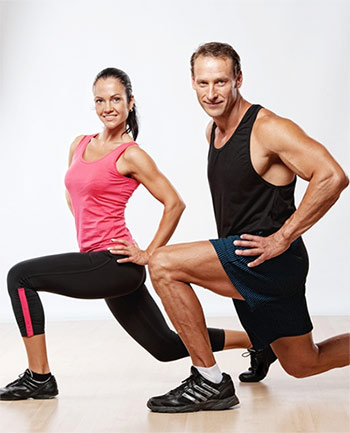
3. Dynamic Mobility and Control
Simple things like leg swings, walking lunges with good posture, and regular exercise with deep knee/hip bends like lunges, squats, and step ups all help, if performed properly.
These don’t have to be heavy or demanding, just regular. They move the hip flexor through its’ range and demand a mixture of flexion and extension in the hip. This is perfect for health and long-term wellbeing.
You should also consider something simple like a psoas march or deadbug as part of an everyday hip and core strength drill. You could spend as little as 5 minutes each day with these kinds of exercises to alleviate pressure and tightness in the hips, lower back, and even the knees.
Your body isn’t separated. Everything is connected. Proper training of the core and hips will show up both above and below the joint.

